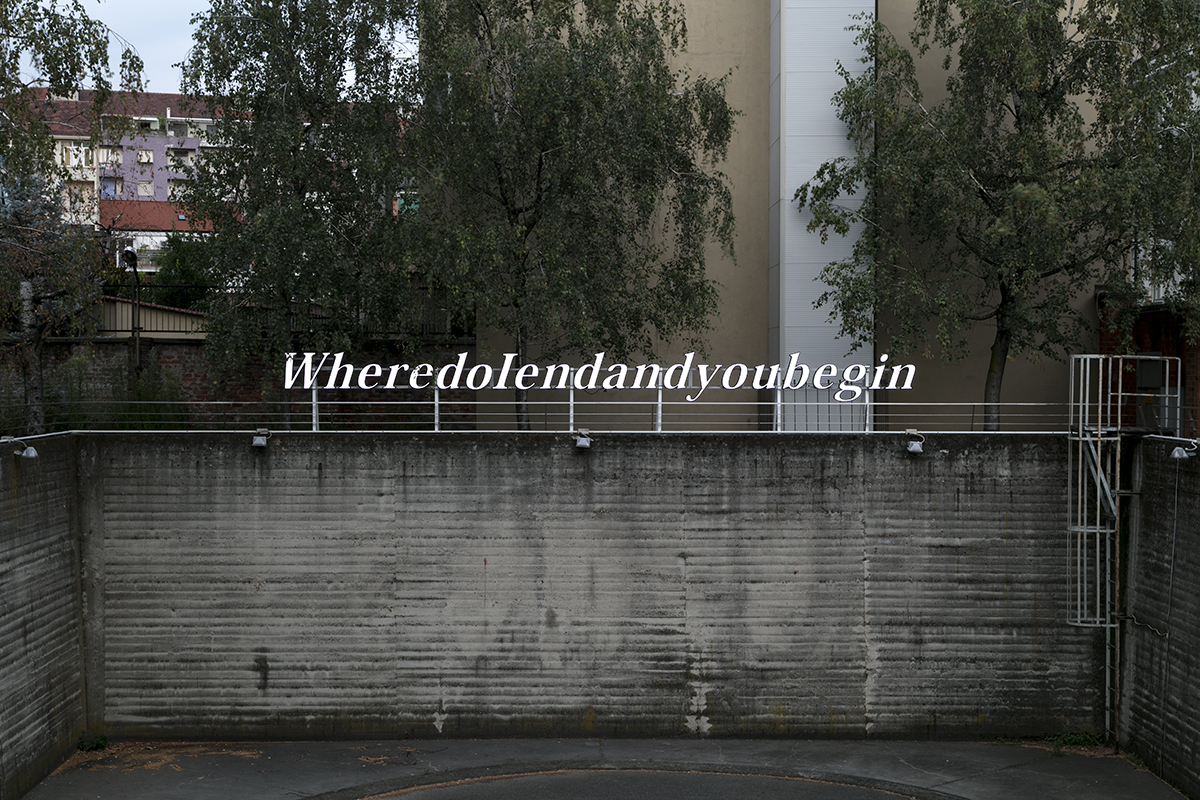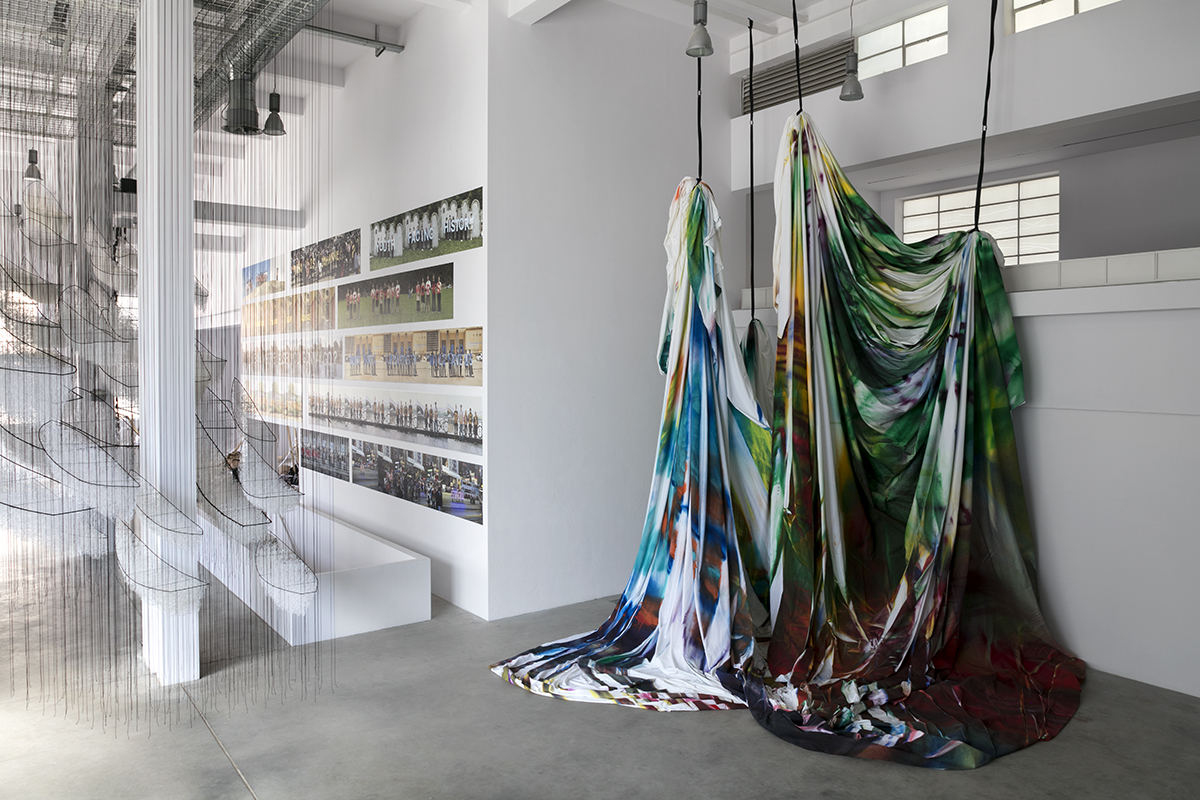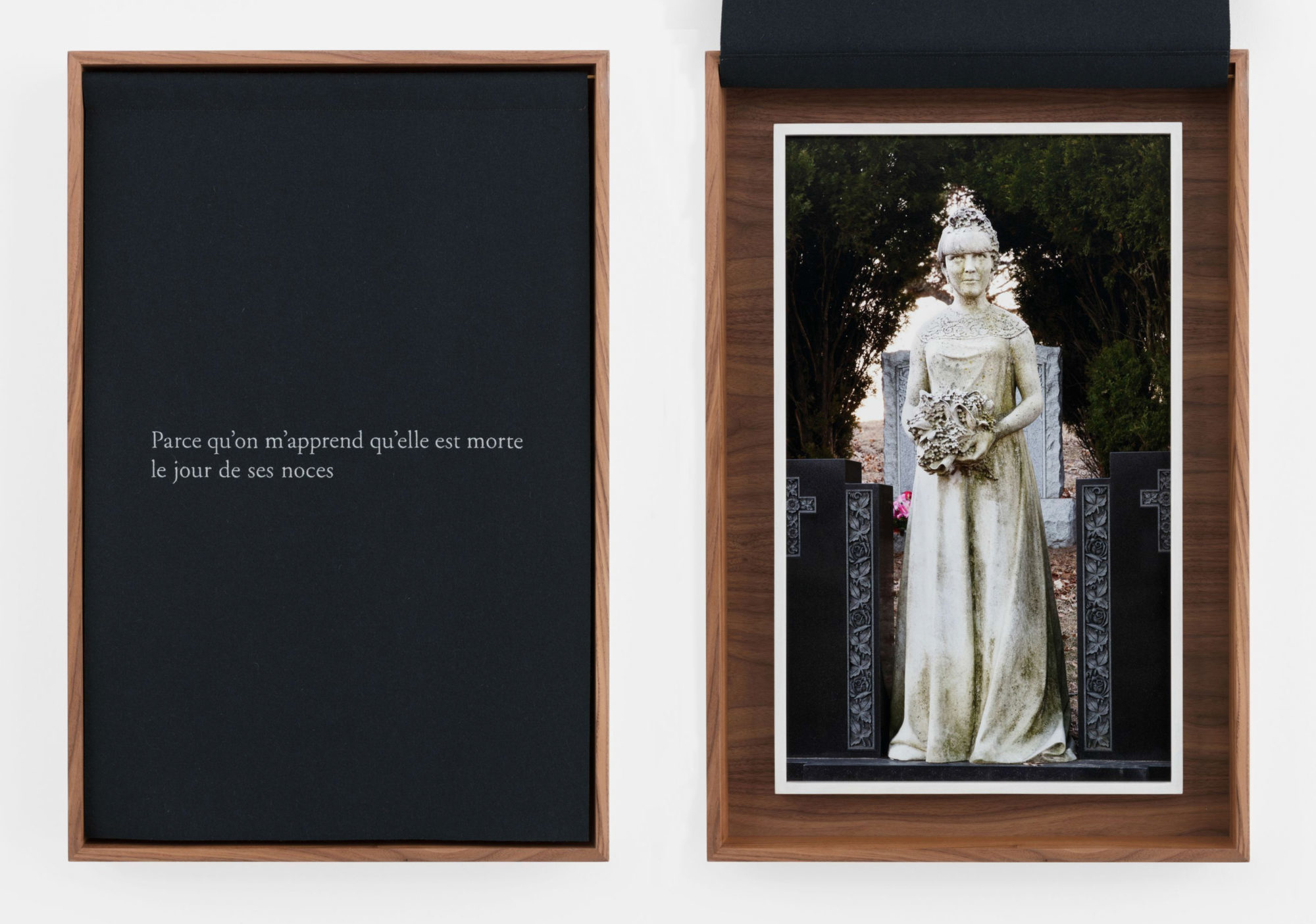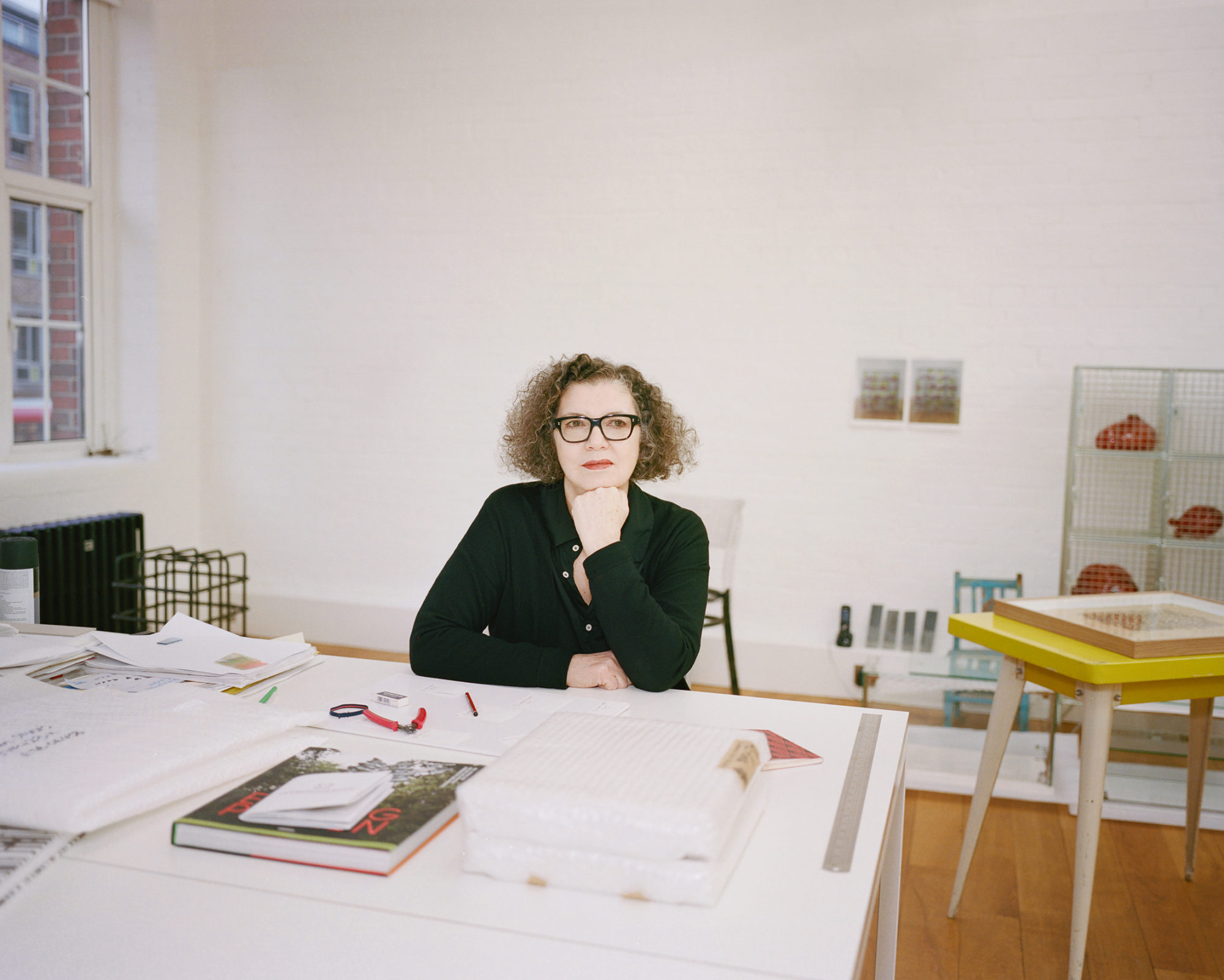Push The Limits
 On the first Monday of September 2020, Fondazione Merz was ready for a post-lockdown restart with a preview of the group exhibition PUSH THE LIMITS in the presence of its curators Claudia Gioia and Beatrice Merz. Celebrating also the first 15 years of the foundation activity, the show was conceived in a constant dialogue between the artists and the curators and surprisingly it turned out being still extremely actual even after the pandemic – but also the new struggles of the Black Lives Matter movement – that the world experienced this year.
On the first Monday of September 2020, Fondazione Merz was ready for a post-lockdown restart with a preview of the group exhibition PUSH THE LIMITS in the presence of its curators Claudia Gioia and Beatrice Merz. Celebrating also the first 15 years of the foundation activity, the show was conceived in a constant dialogue between the artists and the curators and surprisingly it turned out being still extremely actual even after the pandemic – but also the new struggles of the Black Lives Matter movement – that the world experienced this year.
PUSH THE LIMITS includes who the curators believe are some of the most influential voices of contemporary artistic research: Rosa Barba (1972, Agrigento, Italy), Sophie Calle (1953, Paris, France), Katharina Grosse (1961, Freiburg, Germany), Shilpa Gupta (1976, Mumbai, India), Mona Hatoum (1952, Beirut, Lebanon), Jenny Holzer (1950, Gallipolis, Ohio, USA), Emily Jacir (1972, Bethlehem, Palestine), Bouchra Khalili (1975, Casablanca, Morocco), Barbara Kruger (1945, Newark, New Jersey, USA), Cinthia Marcelle (1974, Belo Horizonte, Brazil), Shirin Neshat (1957, Qazvin, Iran), Maria Papadimitriou (1957, Athens, Greece), Pamela Rosenkranz (1979, Uri, Switzerland), Chiharu Shiota (1972, Osaka, Japan), Fiona Tan (1966, Pekanbaru, Indonesia), Carrie Mae Weems (1953, Portland, Oregon, USA), Sue Williamson (1941, Lichfield, United Kingdom).
“Push the Limits, because art is a matter of pushing limits, offering a space in which current codes of behavior can be suspended to allow transformation; enabling a flow of several visions and languages, testing them and finding new meanings.”
Claudia Gioia and Beatrice Merz
By entering the space, visitors physically cross the work The horse trotted a little bit further, 2020, by Katharina Grosse, as a boarder that is also made to allow passage and to be renamed, stretched and redesigned.
The artist uses fabrics that fold, knot, drape and flood with color, engaging bright pigments and smudged and dissolved paint stains.
Grosse reinvents the pictorial gesture by giving it a spacial and temporal twist, not only in chromatic terms but also formal ones, mixing pictorial, sculptural and performative language.
 Barbara Kruger’s Untitled (Pensa a me pensando a te), 2019, is a digital print on vinyl in site specific dimensions, produced for the show.
Barbara Kruger’s Untitled (Pensa a me pensando a te), 2019, is a digital print on vinyl in site specific dimensions, produced for the show.
The artwork is the statement itself: think of me thinking of you, a break through selfishness – and of the stereotypes of visual and political communication – by thinking new ways of attention and relationship between the single and the many and the different as a real challenge of today, affirming the strength of intelligence, knowledge and critical conscience.
In the dreamlike atmosphere of a forest inhabited by the ghosts of a traumatic past, the protagonist of Sarah (2016), a film by Shirin Neshat, escapes the omens of annihilation and human destruction by resorting to the most extreme choice of imagining her own death. Sarah embodies the contemporary experience of the individual as oppressed by the fear of death, violence and genocide.
SWORN STATEMENTS, 2019, a LED installation by Jenny Holzer, stands on the ceiling. Here the artist extracts the evidence from the reports of the investigators of the Army’s Criminal Investigation Command (CID), collected in 2004, highlighting the impunity enjoyed by US military personnel in the face of allegations of systematic abuse of detainees in the war in Afghanistan.
For the installation The family in disorder, 2020, Cinthia Marcelle created two rooms using equal quantities of natural and industrial materials such as bricks, chalks cotton sheets, soil, etc. Inviting to a new way of looking and being together, acting collectively, a group of people – usually art students – shares and occupies the space to dismantle and rebuild it. Then follows the perfectly ordered space.
 Sophie Calle series Parce que (Because), 2018, includes a group of photographs hidden by embroidered fabrics with a short text, in a game that questions subjects’ choices and the places in which to set them. Viewers are invited to go “beyond the curtains” of the public sphere to get into the personal one and, by so, being closer to the artist’s intimacy.
Sophie Calle series Parce que (Because), 2018, includes a group of photographs hidden by embroidered fabrics with a short text, in a game that questions subjects’ choices and the places in which to set them. Viewers are invited to go “beyond the curtains” of the public sphere to get into the personal one and, by so, being closer to the artist’s intimacy.
Parce que c’est équivoque
Elle prend un bain de soleil ? Elle est
pompette ? Elle s’offre ? Elle dort ?
Elle a été violée ? Elle est morte ?
Sophie Calle
Walking downstairs the show continues and the whole room is left to Pamela Rosenkranz and her installation Amazon Spirit (2018), a kind of set where stand office supplies, ergonomic chairs, baskets and boxes bearing the Amazon logo. All is cuddled by a bright light, that turns from white to blue to green. In this non-place of restless present, the contradictions between lifestyle and consumption meet the planetary compatibility – through a sound that recreates the atmosphere of a tropical forest via an Amazon Echo speaker – questioning the nearest future.
Isn’t the world itself pushing the limits through this 2020?
Setting the tone for the years that are still to come, the exhibition investigates the ability that art has to constantly set itself at the edge, but shifting the axis of thought, perception and discourse to reveal new truths.

